FRANCE’S BORDEAUX WINE REGION
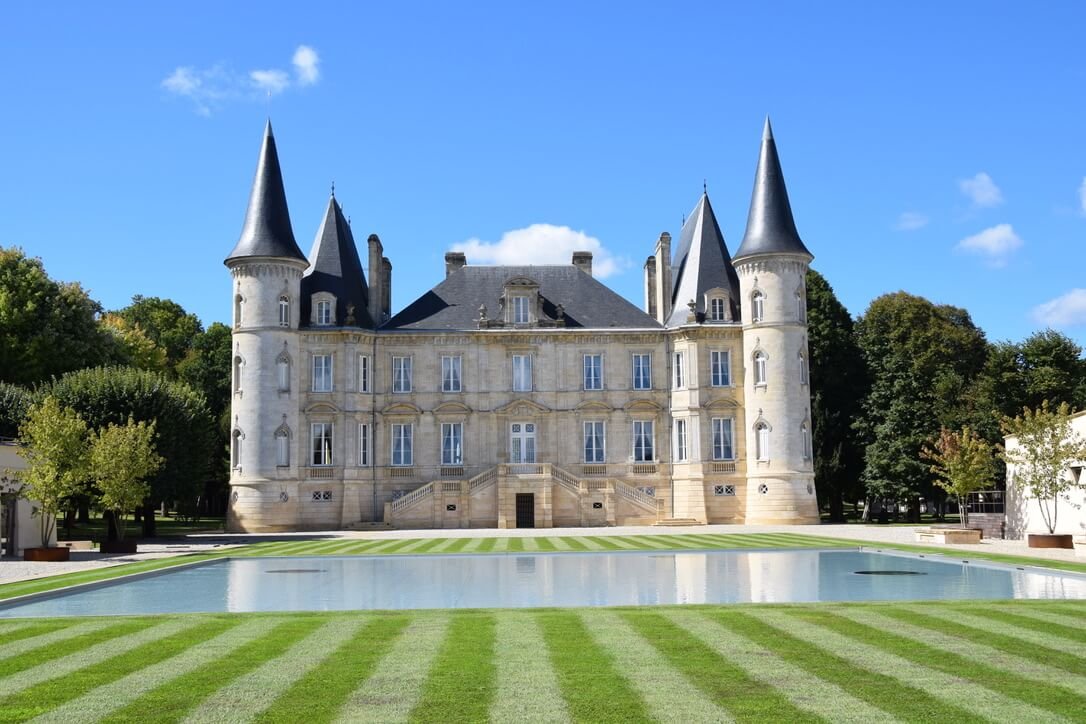
Visit the world-famous Bordeaux châteaux
Château Pichon Baron - Winekeller
Recommended wine tour experiences in France’s Bordeaux wine region:
Private, tailored wine tours led by highly experienced, professional, local guide and wine expert, Berit Simonsen, who can introduce you to the best wineries, the real Bordeaux and its hidden gems.
A range or tailored tours including full day tours of the famous Bordeaux vineyards of St Émilion, Médoc and Graves as well as multi-day tours for a more immersive experience and ‘off the beaten path’ Bordeaux tours.
We also recommend France’s number one platform for wine experiences, which offers a large selection of tours and wine-tastings at top-rated Bordeaux vineyards and châteaux.
Our personal wine travel experiences in Bordeaux (see our wine travel blog):
France’s Bordeaux wine region: an introduction
The Bordeaux wine region is arguably the most famous wine region in France and indeed the world and sets the standard for ‘fine wine’.
Bordeaux incorporates all of the vineyards in the Gironde département in Aquitaine on the west coast of France, named after the Gironde estuary. The numerous wine districts of the Bordeaux wine region are located around the estuary and the River Dordogne and River Garonne which flow into it.
Bordeaux is a vast region and produces more top-quality wine than any other wine region in the world. Bordeaux is known for its top, long-lived red wines mainly, but also its excellent sweet, white wines.
Bordeaux also boasts a higher proportion of large estates (Bordeaux châteaux) than any other French wine region and is home to the grandest wine estates in the world. Bordeaux is a wine region linked to finance like no other and Bordeaux wine is a status symbol and a trading commodity.
At the heart of France's Bordeaux wine region is the city of Bordeaux - the wine capital of France and an important port on the River Garonne. Bordeaux is a city steeped in history with a rich heritage and many modern and historic sites and monuments to explore. A university city it is also known for its ‘joie de vivre’ and relaxed style of living.
The beautiful city of Bordeaux
Bordeaux wine tourism
St-Emilion, Bordeaux
Exploring Bordeaux vineyards
Bordeaux wines
Bordeaux is the largest AOC vineyard of France, and this can be attributed to its great diversity of high-quality terroirs. The maritime climate is influenced by the Atlantic and although considered mild, the growing impact of climate change here is bringing hotter summers and a higher potential for frosts and heavy rain.
In terms of altitude, the terrain is mostly flat with vineyards rarely at elevations of greater than several metres above sea level.
Bordeaux produces a wide range of wines (at a wide range of prices), to satisfy every wine lover. Only about 1 in 10 Bordeaux wines are white and some of these are sweet white wines. Some rosé wines are made (a light red ‘clairet’ wine) as well as some sparkling crémant, but the overwhelming majority of Bordeaux wines are red.
One of the things that make Bordeaux wines so unique is that they are created by a blend of several grape varieties.
Bordeaux blend grapes
There are 6 key Bordeaux grape varieties, including 3 reds: Merlot, Cabernet Sauvignon, Cabernet Franc and 3 whites: Sémillon, Sauvignon Blanc, Muscadelle. These are used (with a few others) to create the famous Bordeaux wine blends.
Bordeaux châteaux
Most Bordeaux wineries/wine estates now have the word ‘château’ in their name. In earlier times it was just the larger, more famous estates but now the term is used universally across the Bordeaux wine region. There are some 6,000 Bordeaux châteaux in the wine region, producing Bordeaux wine.
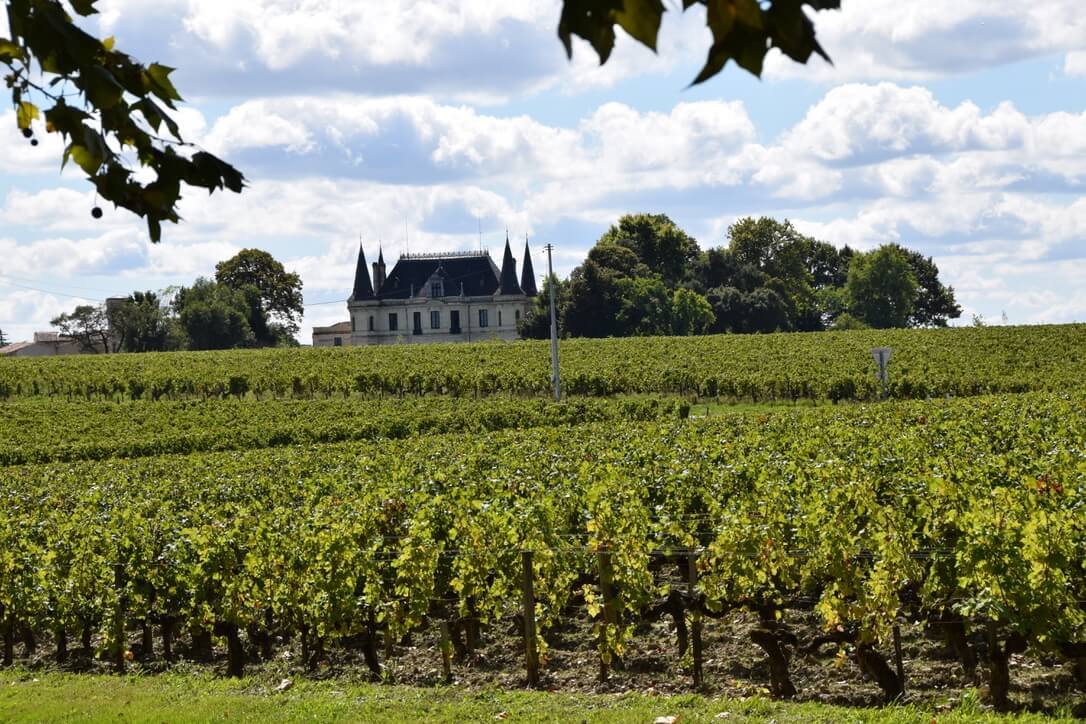
A region of vineyards and beautiful châteaux
Photo source: Winekeller
Bordeaux wine regions
The Bordeaux wine region is made up of several world-famous wine areas, comprising different geographies and different wine styles.
Map of Bordeaux wine region
All of the wines produced in the Bordeaux wine region have the right to the name of Bordeaux and the largest and most important appellation is ‘Bordeaux AOC’. In addition to this there are more than 60 other appellations - the most famous of which represent less than 5% of the total production.
In terms of the fine red wines, the whole region is split into ‘left bank’ and ‘right bank’ (west and east banks of the Garonne).
Right Bank vs Left Bank Bordeaux
Left bank Bordeaux wines are typically more Cabernet Sauvignon-dominant, with great aging potential and strong structure and tannins. Right bank Bordeaux wines however, are more Merlot-dominant, producing a softer, fruitier style of wine with softer tannins. So - it really is a matter of personal taste which style of Bordeaux wine you prefer and therefore whether you prefer left bank or right bank Bordeaux!
What is the best wine area in Bordeaux?
Left bank wine regions
The great red wine appellations on the ‘left bank’ are in the Médoc region, north of the city of Bordeaux on the superior, higher land, with well-drained, gravel soils. This includes the world-famous communes of Haut-Médoc, Margaux, St-Julien, Pauillac, and St-Estèphe.
Also on the left bank, to the south of Bordeaux, are the famous appellations of Graves and Pessac-Léognan - producing both red wines and a good portion of Bordeaux’s dry white wines.
Right bank wine regions
On the ‘right bank’, the most famous appellations are St-Émilion, Pomerol and Fronsac in an area called the Libournais. Here the soils are more chalky than on the left bank.
In between the two rivers is the large and aptly-named ‘Entre-deux-mers’ (between two seas) region, which produces some dry white wines but also some 75% of all of the red wine sold as AC Bordeaux and Bordeaux Supérieur.
The famous centre of Bordeaux sweet white wine production is located south of Graves, including the 2 famous appellations of ‘Sauternes’ and ‘Barsac’.
Château Margaux: Winekeller
Château Lafite Rothschild: Winekeller
Bordeaux wine classification - what are the growths in Bordeaux?
There are 5 different Bordeaux wine classifications, the most famous one being the ‘1855 Bordeaux Wine Classification’. This was introduced in 1855, requested by Emperor Napoleon III in time for the 1855 Paris Exposition world fair and listed Bordeaux châteaux (red wines from the Médoc, sweet wines from Sauternes and Barsac and one Graves red cru), ranked by quality, reputation and price, forming 5 groups of classified growths - or ‘crus classés’. You can find the full list of classified growths here from ‘Premier Crus’ (first growths) down to the (‘cinquième crus’ (fifth growths).
What are the top 5 Bordeaux growths?
The classification list has hardly changed since1855. The top 5 ‘Premier crus’ remain the same today, as they were in 1855, namely:
Château Lafite-Rothschild, Pauillac (formerly Château Lafite)
Château Latour, Pauillac
Château Margaux, Margaux
Château Haut-Brion, Pessac, Graves
Château Mouton Rothschild, Pauillac
The distinct St-Emillion classification was introduced in 1954, updated in 2022.
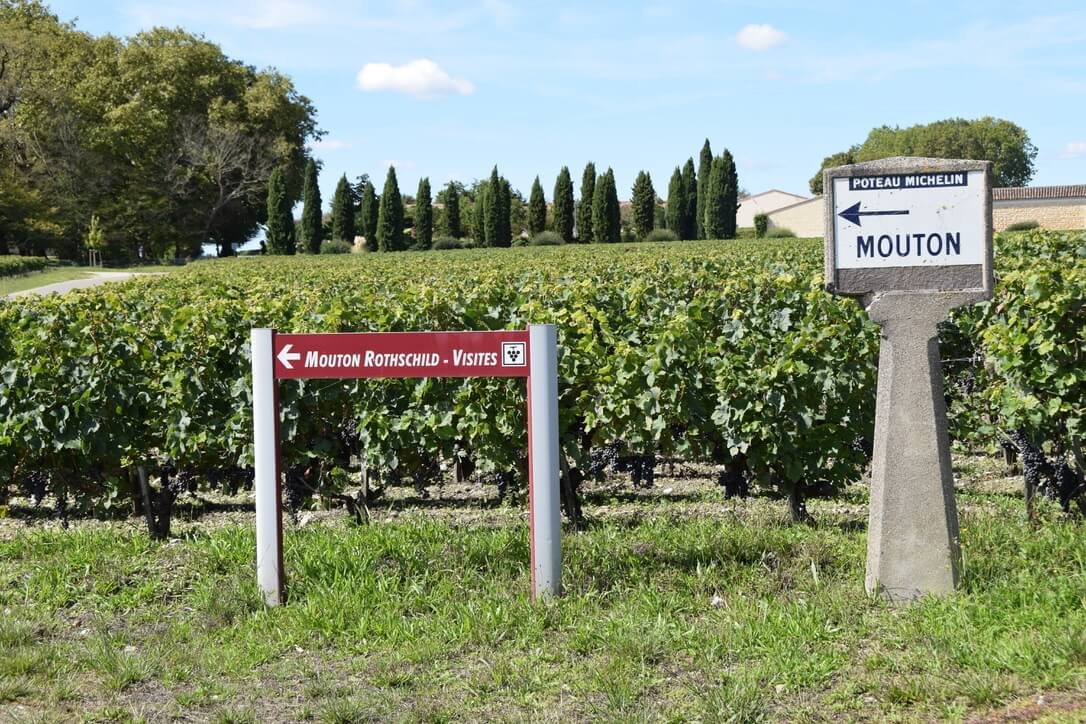
Photo source: Winekeller
Why do British people say ‘Claret’?
Bordeaux and the British have a very long history! In Britain the term ‘Claret’ is often used for red Bordeaux wine and this derives from the French word ‘Clairet’. The British developed a taste for the dark rosé ‘clairet’ wine imported from Bordeaux - in fact it became a British favourite in the 12th century and the name ‘Clairet’ was anglicised to become ‘Claret’ and this word stuck, even when the dark rosé wine morphed into dry red blended wine in the 18th century.
What is Bordeaux en primeur?
This is the typical process for buying Bordeaux wine, where wines from the previous vintage are presented in the spring for purchasing, even though they can only be bottled and delivered 18 or 24 months later. This is significant in Bordeaux as historically the powerful wine merchants controlled this process up until 1924 when a certain Baron Rothschild led the charge to put control back into the hands of winemakers for the blending and bottling of their wines - this is also when the term ‘mise en bouteille’ started being used on bottles.
Visiting France’s Bordeaux wine region - Travel guide and other useful information
If you’re a wine lover then a visit to Bordeaux and the Bordeaux wine region is an absolute must!
Bordeaux is one of the 12 ‘great wine capitals’ of the world and has so much to offer - it is a vibrant and innovative, modern wine capital with centuries of fascinating history and tradition.
You can easily combine visiting the famous wine regions and châteaux with a stay in the world’s wine capital, the glorious city of Bordeaux on the River Garonne. We would suggest spending at least 4 days in Bordeaux if you can - 2 days in Bordeaux city, then a further 2 days venturing into the wine regions.
Travelling to and around Bordeaux
The city of Bordeaux is well served by Bordeaux Mérignac airport and train links. Once you arrive at the airport you can travel into the centre of the historic city by tram - a journey lasting just 35 minutes. Once in the city, you can easily travel around by tram, bus and river shuttle and it’s very pleasant to cycle and walk along the riverside.
For information about travelling to and around Bordeaux see here.
Where to stay in Bordeaux
If you decide to use the city of Bordeaux as a base for exploring the Bordeaux wine region, see here for accommodation information.
Tourist information
There is an excellent tourist information office in the centre of the city, where you can book tours and excursions and get useful advice, either during or before your visit. We can highly recommend taking a bus tour around the city to see the major sights and to also invest in a ‘City Pass’, available for 24, 48 or 72 consecutive hours.
City highlights
Bordeaux was awarded UNESCO World Heritage Site status in 2007 and this magical city manages to combine its amazing 18th century heritage with 21st century amenities, facilities and attractions. You can actually walk the sights of UNESCO listed Bordeaux!
You can’t miss the famous ‘Water Mirror’ or ‘Miroir d’Eau’ in the centre of the city, the city’s most famous sight, a modern-day attraction lying right opposite the beautiful 18th century façades around the spectacular Place de la Bourse.
Climb beautiful 15th century Porte Cailhau for amazing views over the city and the oldest bridge in Bordeaux, the Pont de Pierre; spend time relaxing in the beautiful 12 hectares square on the river - Esplanade des Quinconces and marvel at the city’s majestic Cathédrale Saint-André.
Bordeaux night-life
Make sure to spend time soaking up the city’s incredible atmosphere, having a drink or a meal in one of the many cafés, bars and restaurants either on the river or in the winding streets and alley-ways of the old city. Bordeaux night-life is a large part of the Bordeaux experience!
La Cité du Vin
All wine enthusiasts need to allow time to visit the spectacular Cité du Vin - a permanent exhibition and unique cultural centre dedicated to the world of wine, located on the Garonne River - and it’s included in the Bordeaux City Pass!
The Water Mirror and Place de la Bourse
Porte Cailhau
The Esplanade des Quinconces
The Cité du Vin
Where to enjoy Bordeaux wine and gastronomy
Bordeaux has the highest number of restaurants per capita in France and it’s not hard to see why when you consider the proximity of some of the top vineyards in France, as well as the Atlantic ocean and famous gastronomic French regions such as Périgord and the Basque country. See here for information on where to eat and enjoy the local specialities such as the sweet treats - Bordeaux canalés and macaroons!
Travelling into the Bordeaux wine regions
There are lots of options for visiting the famous Bordeaux wine regions and Bordeaux châteaux, whether you hire a car and follow the various wine routes and book wine tastings and tours independently, or whether you join a tour and benefit from the experience of a local guide. (See earlier for recommended wine tours).
Travelling further afield from Bordeaux
Bordeaux is surrounded by some wonderful tourism destinations which you can easily reach from Bordeaux city and the Bordeaux wine region. We can highly recommend spending a few days in beautiful Arcachon Bay, known for its oyster farming and beautiful Atlantic beaches. The popular Atlantic holiday resorts of Ile de Rey, La Rochelle and Royan are also not far away, making this whole region an incredibly attractive holiday or vacation destination.
For more information about visiting the Bordeaux wine region, visit Bordeaux-Tourism and Gironde Tourism.
Bordeaux canalés
Atlantic oysters
Beautiful Arcachon Bay
Royan on the Atlantic coast



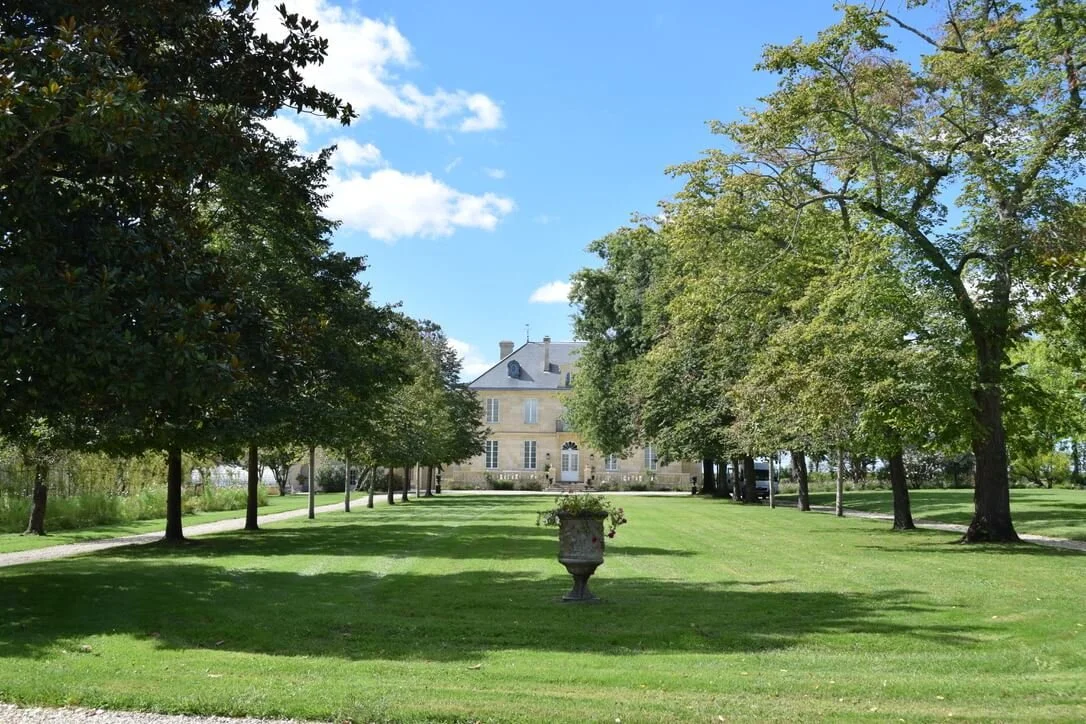

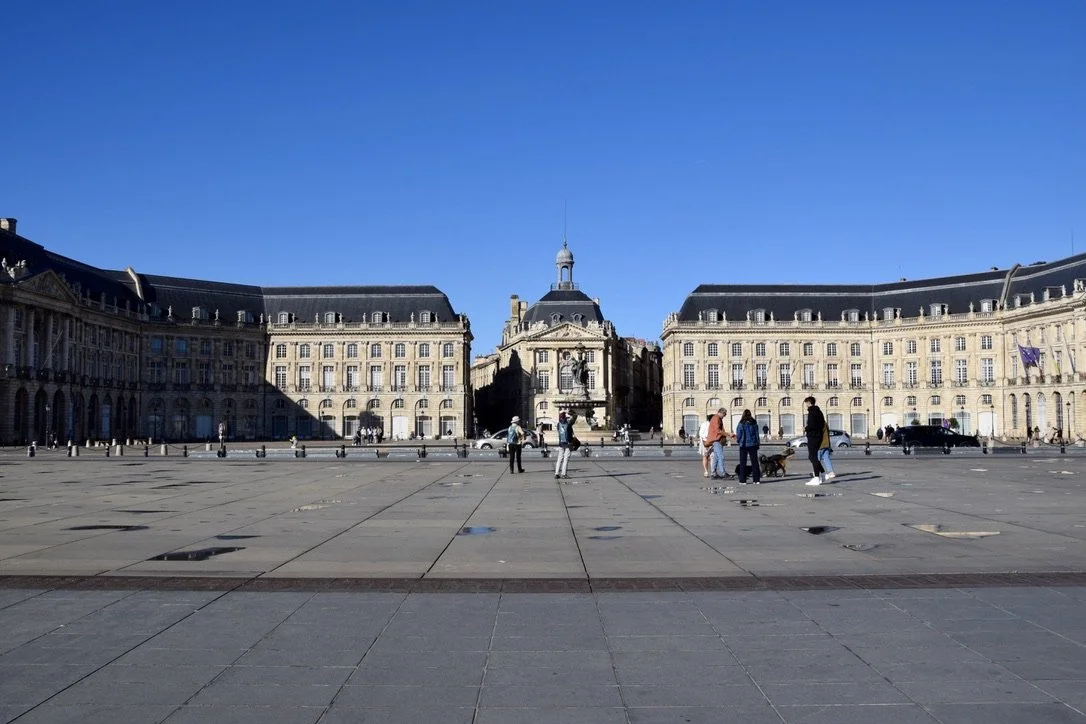



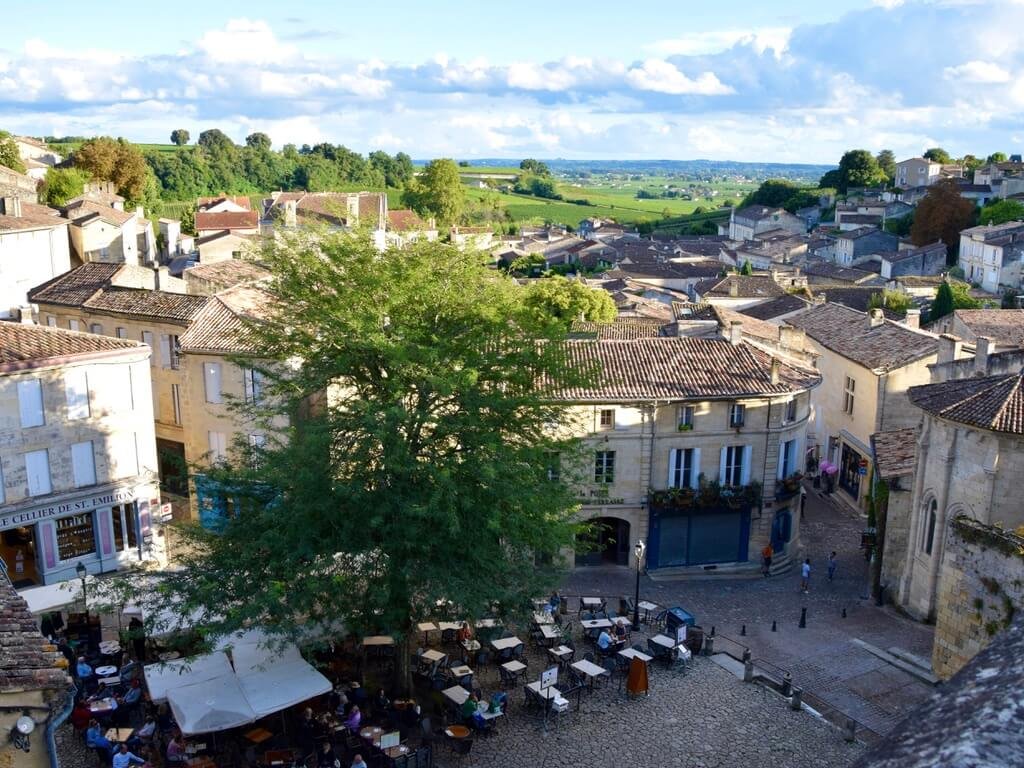













If you need a break from visiting Bordeaux châteaux and vineyards, take a short drive west and you’ll find yourself on a spectacular coastline around the Bay of Arcachon, with miles of sandy beaches, Europe’s tallest sand dune, pine forests, beautiful villages and incredible seafood - especially Arcachon oysters! Find out more here…